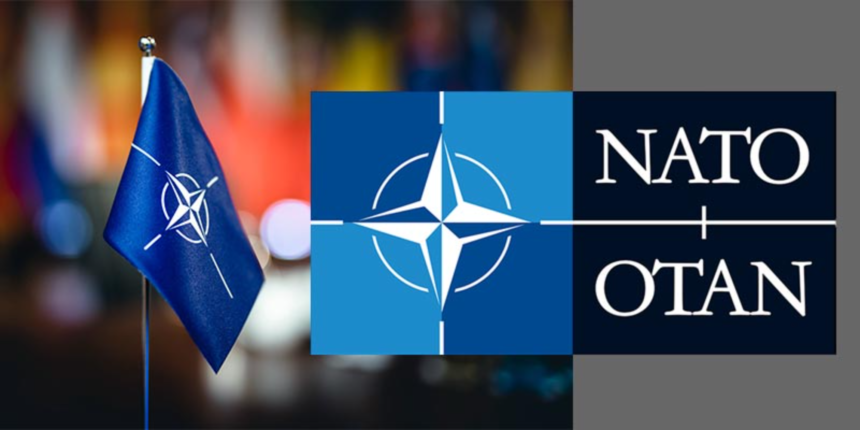Founded 76 years ago with the start of the Cold War, the North Atlantic Treaty Organization (NATO) became the primary leading organization for collective defense, with 30 member states now in Europe and North America.
Established on April 4, 1949, in Washington, NATO initially had 12 founding states: ten European countries, the United States of America, and Canada.
The alliance aimed to combat the Soviet threat and was based on the principle of mutual solidarity between all its members, as defined in Article 5: “The parties agree that an armed attack against one or more of them, in Europe or North America, shall be considered an attack against them all.”
Over the years, Greece, Turkey (1952), Germany (1955), and Spain (1982) joined NATO. When the USSR dissolved in 1991, a new phase for the alliance began, and in May 1997, NATO and Russia signed the “Founding Act.”
NATO first opened fire on February 28, 1994, shooting down four Serbian planes in a no-fly zone in Bosnia and Herzegovina. On December 16, 1995, it carried out its first operation in Bosnia, deploying 60,000 IFOR troops.
On March 24, 1999, NATO launched an air bombing campaign to stop the Serbian crackdown against ethnic Albanians in Kosovo. This 78-day campaign, conducted without a UN mandate, resulted in the withdrawal of Serbs from the province, which came under UN administration, with NATO’s KFOR force of 40,000 troops tasked with maintaining peace. The Parliament of Kosovo declared the independence of this former Serbian province in February 2008.
In 1999, NATO welcomed the first post-communist European countries: the Czech Republic, Hungary, and Poland.
In 2001, after the September 11 attacks, the United States was the first to invoke Article 5. NATO then joined Washington in the “War on Terror.”
In 2003, the Alliance took command of the International Security Assistance Force (ISAF) in Afghanistan, a combat mission that lasted until 2014.
In March 2004, seven Eastern European countries joined NATO: Slovakia, Slovenia, Bulgaria, Romania, and three former Soviet republics (Lithuania, Estonia, Latvia), with their membership particularly irritating Moscow.
Albania and Croatia joined in 2009, and in 2017, Montenegro became the 29th member. This year, North Macedonia became the 30th member.
On March 31, 2011, NATO took command of the Western intervention in Libya, conducted under a UN mandate to protect civilians. The “Unified Protector” operation, lasting seven months, led to the overthrow of Muammar Gaddafi.
NATO is also helping to prevent piracy off the coast of Africa, and since 2016, it has deployed surveillance ships to combat human trafficking in the Mediterranean. The Alliance also assists its members in strengthening their cybersecurity defense.
In 2014, following Russia’s annexation of Crimea and actions against Ukraine, NATO suspended cooperation with Moscow. In 2016, the Alliance deployed four multinational tactical groups in Estonia, Latvia, Lithuania, and Poland. This is the most significant reinforcement of collective defense since the Cold War.
In November 2018, NATO conducted the largest military exercises since the Cold War in Norway, just a few hundred kilometers from the Russian border.







